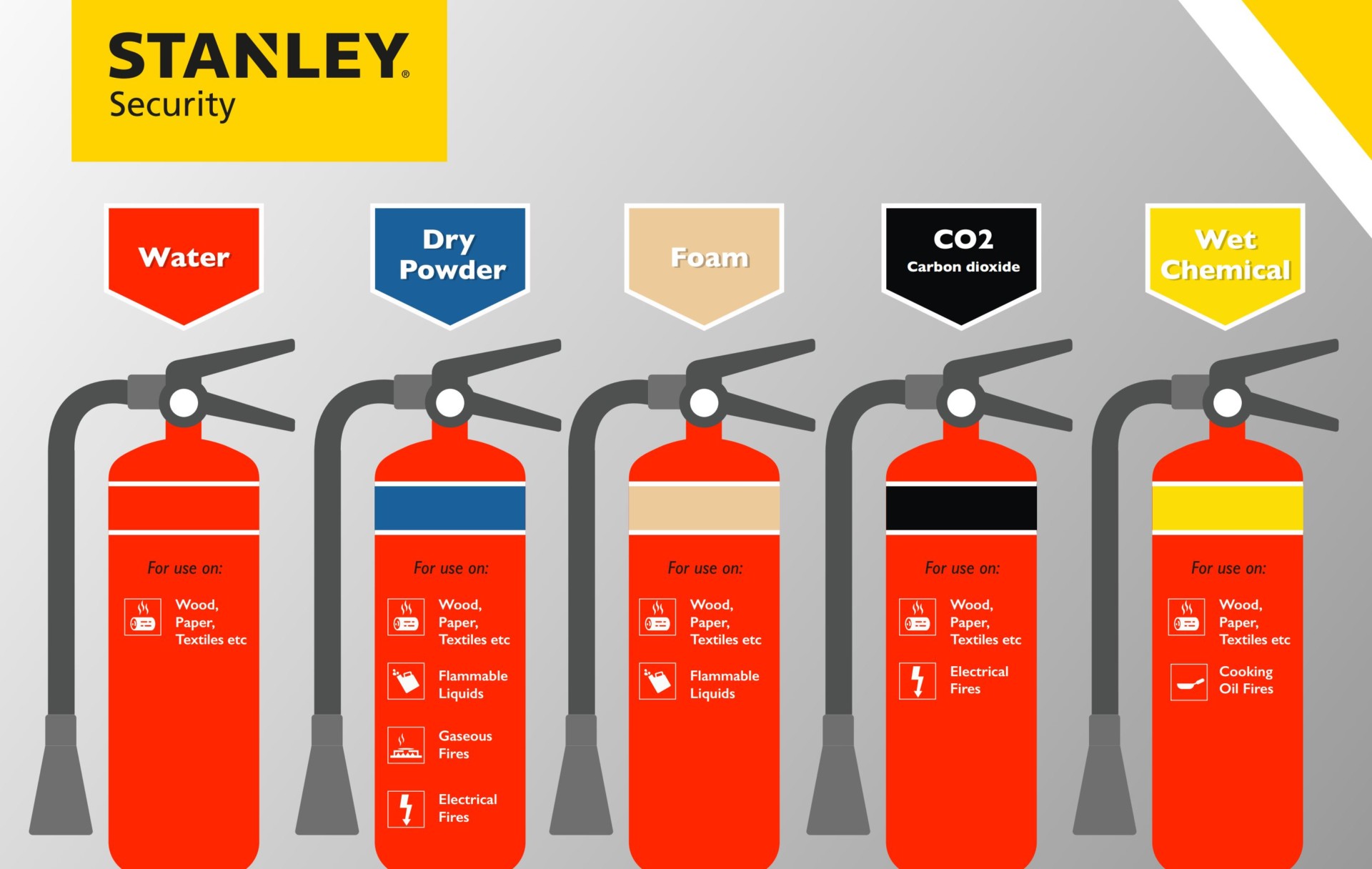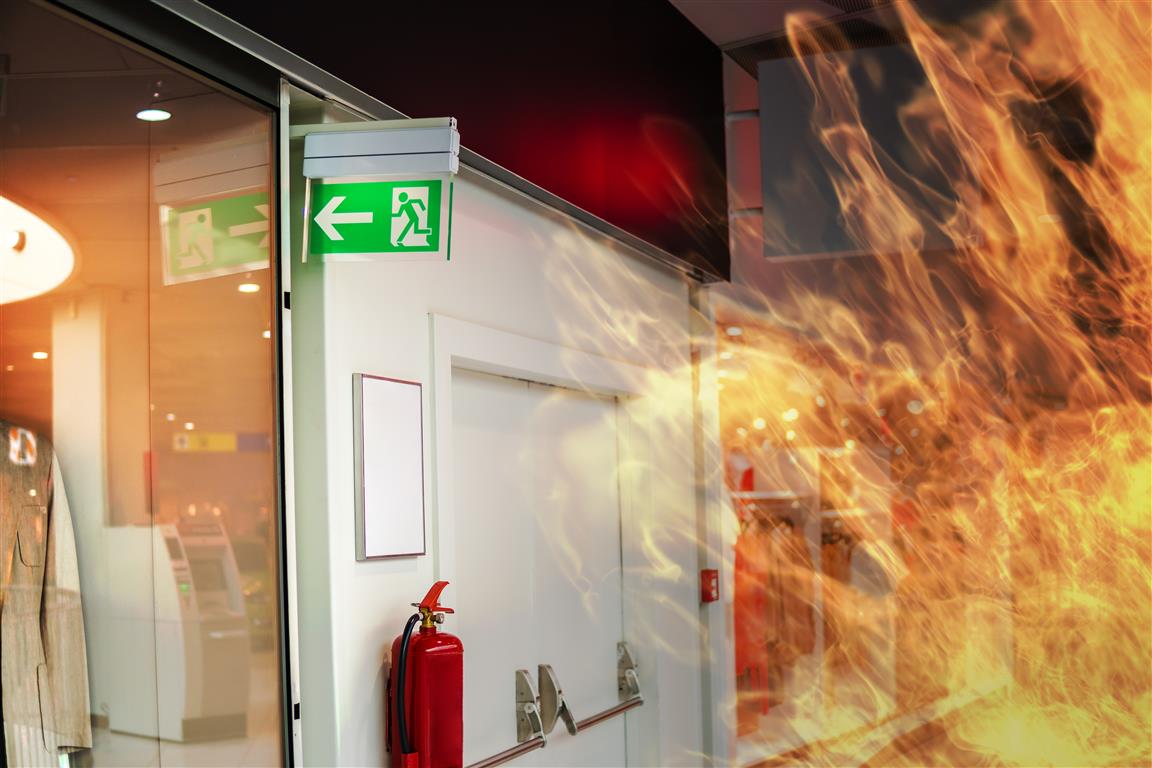Fire Extinguishers: what, where, why & how
Fire extinguishers are an essential asset when it comes to proofing your salon against a fire emergency. They can help control small outbreaks of fire quickly, preventing flames from spreading and causing more damage. In more severe emergencies, fire extinguishers can save lives.
Matching the Fire with the Fire Extinguisher

You may be surprised to hear there are different types of fire, with different characteristics. Here are the classes of fire pertinent to most standard salons:
- Class A – fires involving solid materials such as wood, paper or textiles (this is the most common fire type)
- Class B – fires involving flammable liquids such as petrol, diesel or oils.
- Class C – fires involving gases.
- Electrical Fires – fires involving live electrical apparatus (it doesn’t get an ‘official’ category)
To deal with the different fire types, a range of fire extinguishers are available. Here are the types of fire extinguisher, their colour code (put on the extinguisher for quick identification) and what types of fire they are suitable for:
- Wet Chemical (yellow label): Class A & F – essential for location near to the fryers
- Water (red label): Class A only
- Water Mist (white label): All classes
- Foam (cream label): Class A & B
- Dry Powder (blue label): Class A, B, C & some electrical
- Carbon Dioxide (CO2) (black label): Class B & electrical
The Life of a Fire Extinguisher

Should you have need of them, you want your fire extinguisher ready to work at a moment’s notice, so get them serviced every year or after each use. They must be replaced at the end of their lives which is ten years for CO2 extinguishers and 15 years for all others.
If you need to dispose of your extinguisher, do not put it out with your rubbish. If you have just a couple of fire extinguishers then you could take them to a local recycling centre where staff will know what to do with them, but check with your council first.
Ultimately, employing the services of a professional fire company to deal with your fire extinguisher needs is the sensible approach.
Using Your Fire Extinguisher
Of course, it’s not just your fire extinguisher that needs to be ready in the event of a fire – you do too. The good news is that fire extinguishers are easy to use, mostly with the P.A.S.S. method:
- Pull the pin on the fire extinguisher to interrupt the tamper seal.
- Aim the fire extinguisher low, with the nozzle pointed at the base of the fire.
- Squeeze the handle of the fire extinguisher to unleash the termination agent.
- Sweep the nozzle from side to side at the bottom of the fire until it’s extinguished.
If the fireplace re-ignites, repeat the last three steps.
